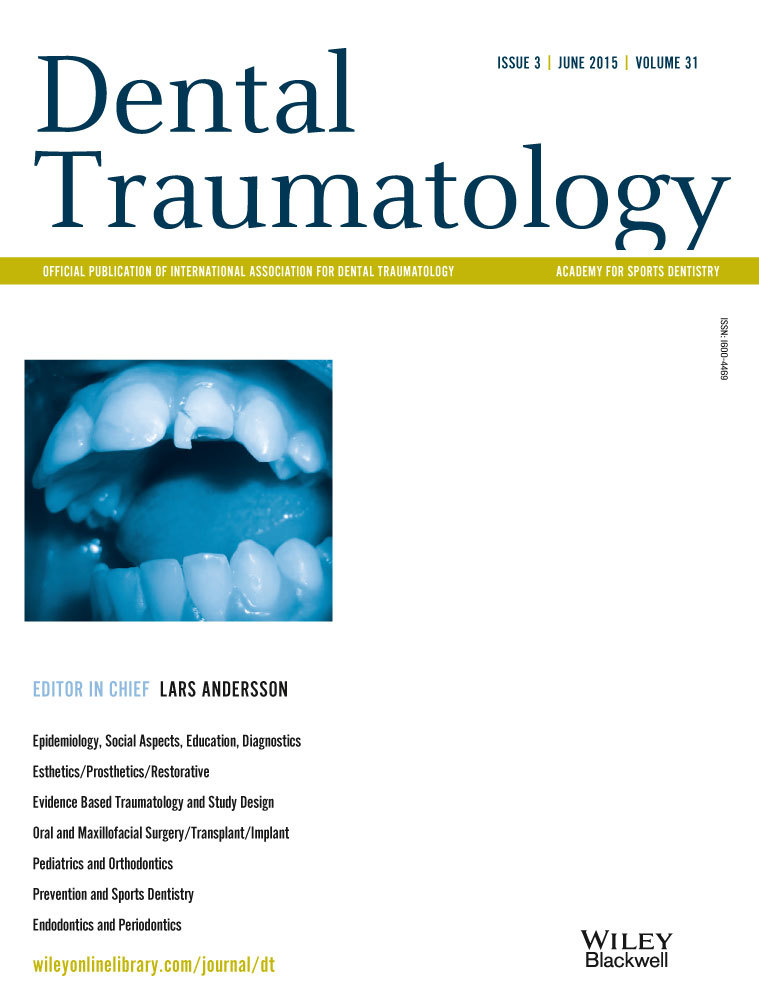Traumatic head injuries in patients with maxillofacial fractures: a retrospective case–control study
Abstract
Objectives
To analyse and evaluate the correlation between traumatic head injuries (THIs) and maxillofacial fractures (MF). Age, gender and trauma mechanism correlated with THI were also investigated.
Patients and Methods
We conducted a hospital-based retrospective case–control study at Stomatology College and Hospital, Wuhan University. From January 2000 to December 2009, a total of 1131 patients with MF were enrolled in the statistical study to evaluate the association of THI and other risk factors with MF. Among these patients, 86 presented with THI. We utilized binary logistic regression and risk analysis to investigate the associations among MF and other risk factors with HI.
Results
Head injuries (103 injuries) were sustained by 86 patients (7.6%), with male-to-female ratio of 4.1:1.0. Most of the patients (52 patients, 50.5%) also exhibited cranial bone fractures. The age group with most patients was the 30–39 years age group (26 patients, 30.2%), followed by the 19–29 years age group (22 patients, 25.6%). Motor vehicle accident (MVA) was the most common mechanism of injury (49 patients, 74.1%). Patients older than 50 years showed the highest risk for head injury (OR, 2.0; 95% confidence interval, 1.1–3.7; P = 0.025). MVA had a sixfold risk of head injury (OR, 6.2; 95% confidence interval, 1.5–26.1; P = 0.013). Head injuries were more prone to occur in patients who had combined fracture of the mid-face and mandible (OR = 4.6, P < 0.001), and only a 0.3-fold risk of multimandible fractures (P < 0.001), 0.5-fold risk of single mandibular fracture (P = 0.017) and 0.3-fold risk of patients who sustained only single mandibular condylar fracture (P = 0.019).
Conclusions
The occurrence of head injuries is significantly related to age, aetiology and the pattern and position of maxillofacial fractures.




